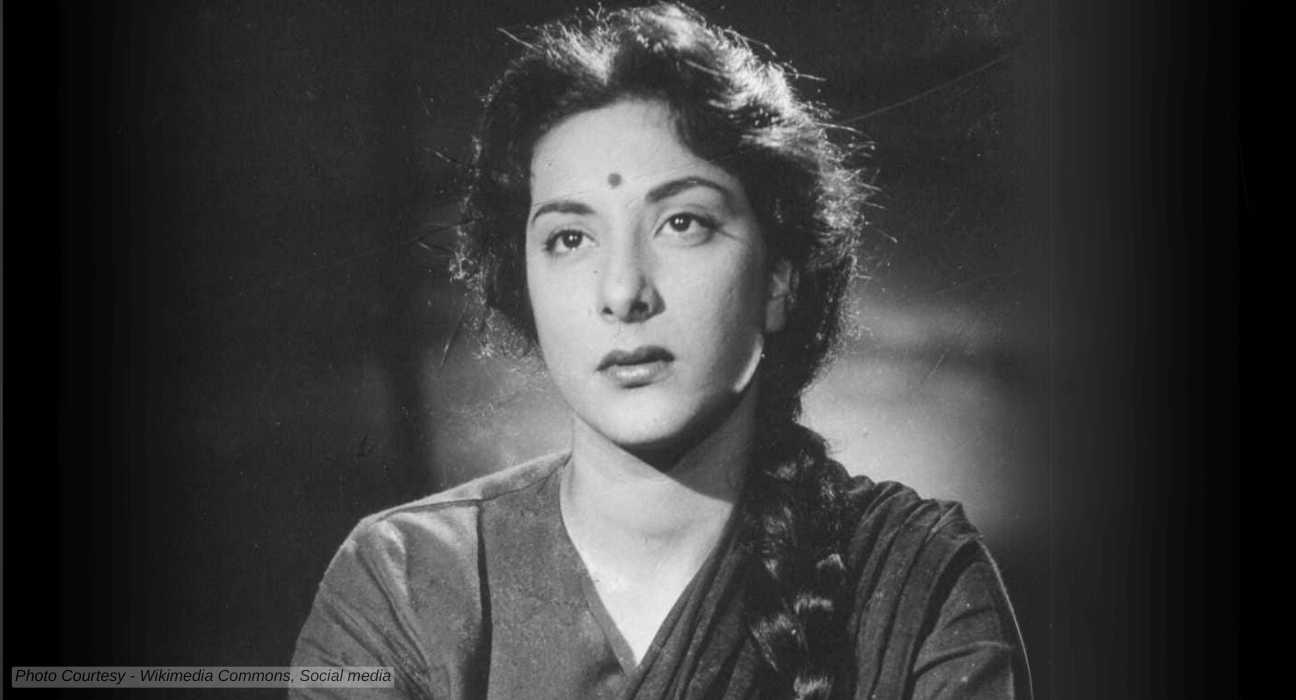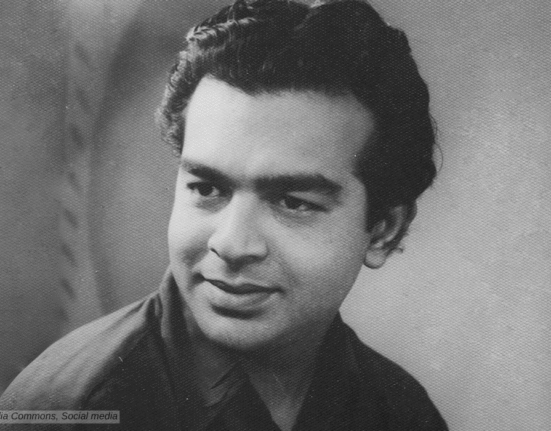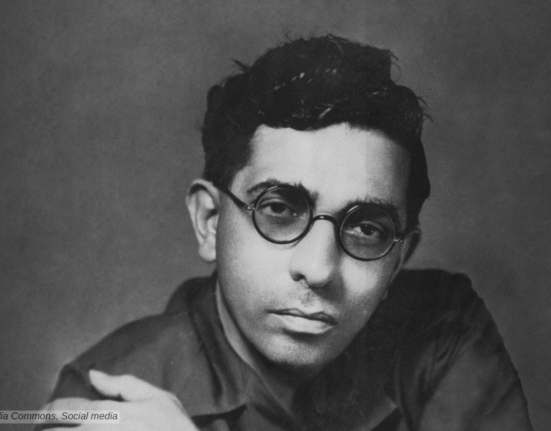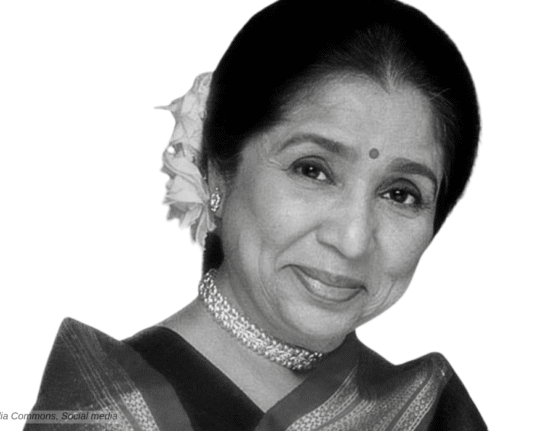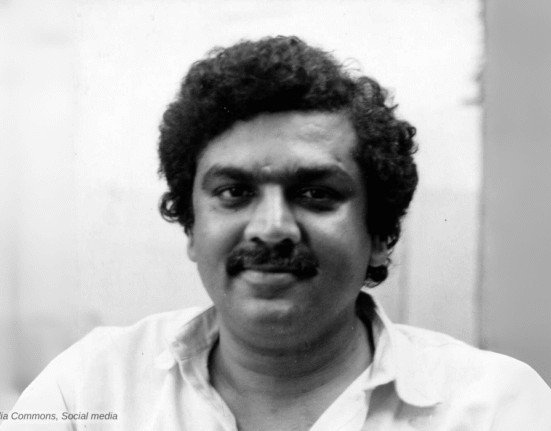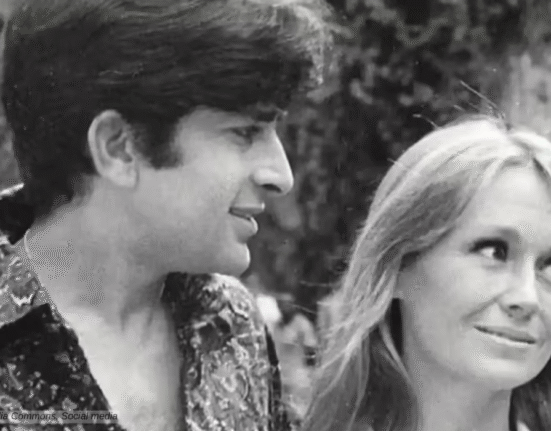Nargis, widely considered one of the greatest actresses of all time, is also considered the most versatile and courageous actress of her time. Known for her roles as progressive and modern Neena in “Andaaz,” a village belle Reshma in “Barsaat,” highly educated and independent Rita in “Awaara,” a teacher from lower class Vidya in “Shree 420,” the sacrificing mother Radha in Mother India, and a woman suffering from “dissociative identity disorder” in “Rat Aur Din,”
Early Life
Nargis was born Fatima Abdul Rashid on June 1, 1929, in Calcutta, Bengal, into the family of Abdul Rashid, who was originally from Rawalpindi, and Jaddan Bai, from Benaras, a pioneer of early Indian cinema. “Jaddan Bai” was a classical singer who also worked as a music composer, dancer, and actress and was one of the first female filmmakers in the early days of cinema.
Nargis In Films
In 1935, Jaddan Bai founded Sangeet Films, her own production company, and produced ‘Talashe Haq‘, where she not only acted but also composed the music. The film was also the debut of her daughter, “Nargis,” as a child artist. Nargis went on to do many more films as a child artist, including “Shadi Ki Raat (1935),” “Sher Dil Aurat (1935),” “Hriday Manthan (1935),” “Madam Fashion (1936),” “Moti Ka Haar (1936),” and “Pardanasheen (1941).”
Nargis’s vivacity caught the eye of director Mehboob Khan, leading to her casting in the film ‘Taqdeer‘ opposite Motilal at the tender age of 14. He then starred in films like Anban (1944) and Ramayani (1947) with Pahari Sanyal, Humayun (1945) opposite Ashok Kumar, Nargis (1945) with Rehmaan, Bisvi Sadi (1945) with Motilal and Mazhar Khan, Mehandi (1947) with Karan Dewan and Ajit, and Romeo and Juliet (1947). In 1947 she starred in Romeo and Juliet (1947) with Anwar Hussain, Nazir Kashmiri an D.K. Sapru.
Nargis and Dilip Kumar
In 1948, she starred opposite Dilip Kumar in “Mela” and “Anokha Pyar.” They went on to do seven films. Their on-screen chemistry was electric, a perfect blend of Nargis’s fire and Dilip’s fervor. In Mela (1948), they portrayed childhood sweethearts torn apart by fate. Andaz (1949), directed by Mehboob Khan, unfolded a love triangle with Nargis, Dilip, and Raj, beautifully capturing the essence of unrequited love. It was also Nargis’s first big hit. In the film, she played Neena, a modern and progressive girl whose best friend is Dilip (Dilip Kumar), and her husband Rajan (Raj Kapoor) suspects her having an affair with him.
Babul (1950) presented another melodramatic narrative, filled with misunderstandings and misfortunes. Kidar Sharma’s Jogan (1950) took a different route, with Dilip playing an atheist drawn to the mesmerising Nargis, emphasising that love transcends religious differences. Even without exchanging glances in many scenes, their silent yearning was profoundly evident.
Deedar (1951), featuring Nimmi alongside Nargis, delved into the theme of one-sided love. Hulchul (1951) was a loose adaptation of Wuthering Heights.

Their iconic songs like “Mat ja jogi” (Jogan), “Tu kahe agar” (Andaz), “Bachpan ke din bhoolana na dena” (Deedar), “Chhod babul ka ghar” (Babul), and “Gham ka fasana” (Babul) continue to echo through the ages, representing the golden era of Bollywood.
Interestingly, when Dilip Kumar was offered the role opposite Nargis in Mother India (1957), he declined. In his autobiography, he explained, “The role that Mehboob Saab (Khan) offered me was that of Nargis’ son… It would have been an incongruous casting after all the romancing she and I had done in earlier films.”
Nargis and Raj Kapoor
In 1948, she was cast in Raj Kapoor’s directorial debut, “Aag,” where she played a woman with grey shades. This was the beginning of one of the most iconic working relationships in Indian cinema. In 1949, Nargis an Kapoor acted in two films: Andaz and Kapoor’s directorial “Barsaat,” which went on to become iconic films of their careers and was the highest-grossing movie of that year.

Nargis reunited with Raj Kapoor in “Awaara (1951)” a tale of a poor boy who was abandoned with his mother by his father. The boy went on to become a thief and fall in love with Rita, a rich lawyer. The film was a major critical and commercial success, with beautiful songs like “Awaara Hoon,” “Ghar Aaya Mera Pardesi,” “Tere Bina Aag Yeh Chandni,” and “Dam Bhar Jo Udhar Munh Phere.”
In 1952, she played a double role in KA Abbas’s “Anhoni,” opposite Raj Kapoor. Nargis’s performance garnered immense critical acclaim.
In 1953, she did “Aah” with Raj Kapoor, where they played Raj and Neelu, who fell in love when she answered his letter in the name of her sister. The film had songs like “Raja Ki Aayegi Baaraat,” “Aaja Re Ab Mera Dil Pukara,” and “Jaane Na Nazar.”
Shree 420
In 1955 came “Shree 420,” a film revolving around the poor and educated but overtly ambitious Raj (Raj Kapoor) and the highly principled Vidya (Nargis). “Shree 420” is widely considered the finest social film of that era. It also had memorable songs like “Pyar Hua Iqrar Hua,” “Ichak Dana Beechak Dana,” “Ramaiya Vastavaiya,” and “Mera Joota Hai Japani.”
In 1956, she starred in comedy drama “Chori Chori,” with Raj Kapoor. The film has classics like “Jahan Mein Jati Hoon, Wahi Chale Aate Ho.” “Aaja Sanam Madhur Chandni Mein Hum Tum Mile” and “Yeh Raat Bheegi Bheegi, Yeh Mast Fizayen”
The same year came Nargis had a cameo in “Jagte Raho.” The famous song “Jago Mohan pyare” was picturized on her. The scene where she offers water to a thirsty Raj Kapoor was the last scene of them together.
Mother India
In 1957, she starred in Mehboob Khan’s Oscar-nominated epic drama “Mother India,” opposite Raj Kumar. Sunil Dutt, and Ranjendra Kumar, played her sons. Her portrayal of Radha in ‘Mother India’ won her the Filmfare Award for Best Actress. Nargis’s performance had a natural grace and an ability to convey deep emotions without overacting. It is the skill that made her stand out in the era of melodramatic performances.
Her acting technique was not just about portraying a character; it was about becoming the character. Nargis’s ability to embody the roles she played was evident in her transformation from a vivacious child actor to a sophisticated leading lady.
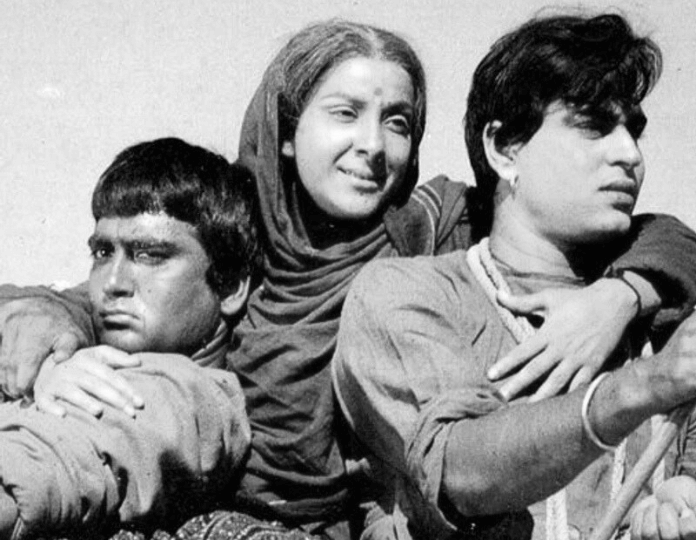
Other Work
Her other films from this period include Meena Bazaar (1955), Aadhi Raat (1950), Jan Pahechan (1950), Pyar Ki Baaten (1951), Saagar (1951), Aashiana (1952), Amber (1952), Sheesha (1952), Bewafa (1952), Papi (1952), Dhoon (1952), among others.
Her versatility was further evident in “Pardesi (1957),” “Miss India (1958),” “Ghar Sansar(1958), and “Lajwanti” (1958). One of her most important roles came in 1958 with Kalidas’s “Adaalat,” written by Rajendra Kirshan. She played the role of “Nirmala,” whose life came full circle when she found herself in Adaalat with her judge husband, who thinks she is dead, and her lawyer son.
The story later inspired many other films, including Mamta (1966). The film has superb music by Madan Mohan and has evergreen songs like “Jana Tha Humse Door,” “Unko Yeh Shikayat Hai,” “Yun Hasraton Ke Daag,” and “Zameen Se Hamen Aasman Par Bithake.”
Personal Life
Nargis’s relationship with her co-star Raj Kapoor was the subject of much speculation and media attention. Despite their intense on-screen chemistry and a close personal bond, their relationship never culminated in marriage. Nargis married Sunil Dutt, who reportedly saved her from a fire on the set of Mother India. An act that not only showcased his bravery but also his deep affection for her. Their marriage on March 11, 1958, was a union of two stars from the cinematic heavens. Together they had three children: Sanjay, Priya, and Namrata Dutt.
After her marriage, Nargis took a step back from the limelight to focus on her family. She returned briefly to the screen for the film Raat Aur Din. She received the National Film Award for Best Actress for her performance. This was her last film before she dedicated herself to her family and social work.
Nargis’s approach to acting was a blend of instinct and study. She was known for her dedication to understanding the nuances of her characters, often delving into their psychological depths. This preparation allowed her to deliver performances that were both authentic and compelling.
Nargis passed away on May 3, 1981, due to complications of pancreatic cancer. Her legacy, however, lives on through her films, her family, and the Nargis Dutt Foundation, which focuses on the treatment of cancer patients. Celebrated for her illustrious career in Indian cinema, Nargis was also known for her humanitarian efforts and philanthropic work. Her compassion extended far beyond the silver screen, touching the lives of many through her dedication to social causes.
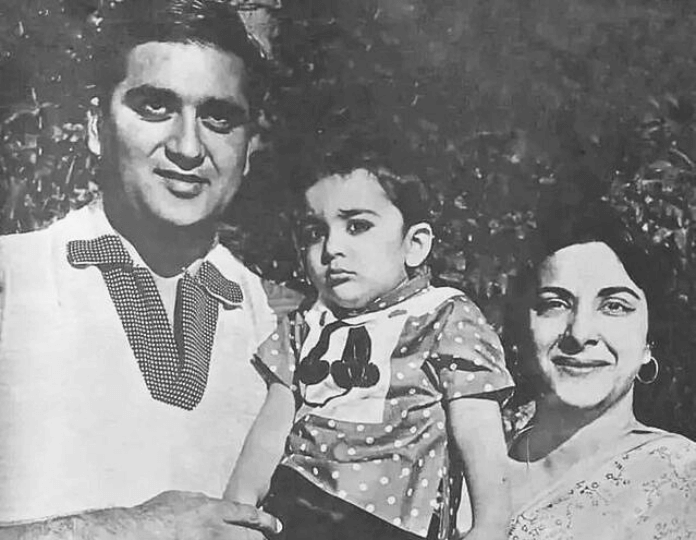

Nargis The Philanthropist
One of her most notable contributions was her involvement in the Spastics Society of India now known as ADAPT. “Able to Disable All People Together” works for children with cerebral palsy and other neurological disorders. As one of the early supporters, Nargis helped raise awareness and funds. Her efforts were instrumental in providing education, medical care, and rehabilitation services to those in need.
Moreover, Nargis was a staunch advocate for the welfare of women and children. She supported various initiatives aimed at improving healthcare and education for underprivileged women, empowering them to lead better lives. In the aftermath of the Indo-Pak War of 1965, Nargis took an active role. She went on to great lengths to provide aid and support to the people affected by the conflict. Her empathy and actions during this tumultuous period showcased her commitment to peace and humanitarian assistance.
Nargis’s philanthropic spirit continued through the Nargis Dutt Foundation. The foundation was established in her memory by her husband, Sunil Dutt, after her untimely demise. It focuses on cancer care, supporting patients, and funding research in the fight against the disease that claimed her life. It stands as a testament to her enduring legacy of kindness and generosity.
Nargis on IMDB



